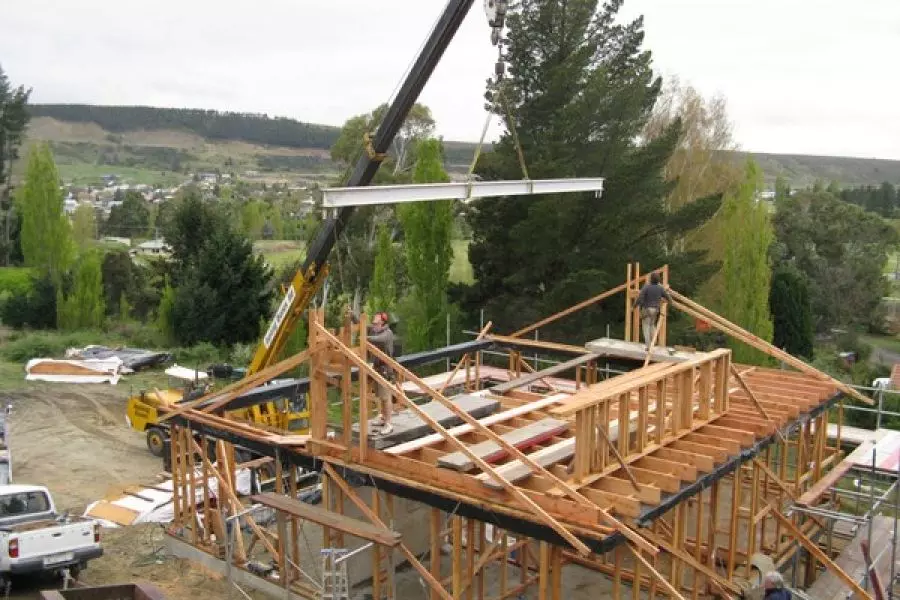News
Strong growth in multi-unit dwelling consents

Thursday 31st of October 2019
There were 3,347 new consents issued nationwide in September, which was an increase of 30.8% as compared to September 2018, according to Statistics NZ’s latest data.
In monthly terms, once seasonally adjusted, the number of new consents was up by 7.2% in September, following a 0.9% rise in August 2019.
The total number of new dwellings consents in the year ending September...
Want to read the full article?
Click the button below to subscribe and will have unlimited access to full article and all other articles on the site.






![[The Wrap] Bye Bye Bayly](https://goodreturns.publit.io/file/c_fill,w_900,h_600/39f23ac1-f7c7-4854-b700-a150004ebbac.webp)


